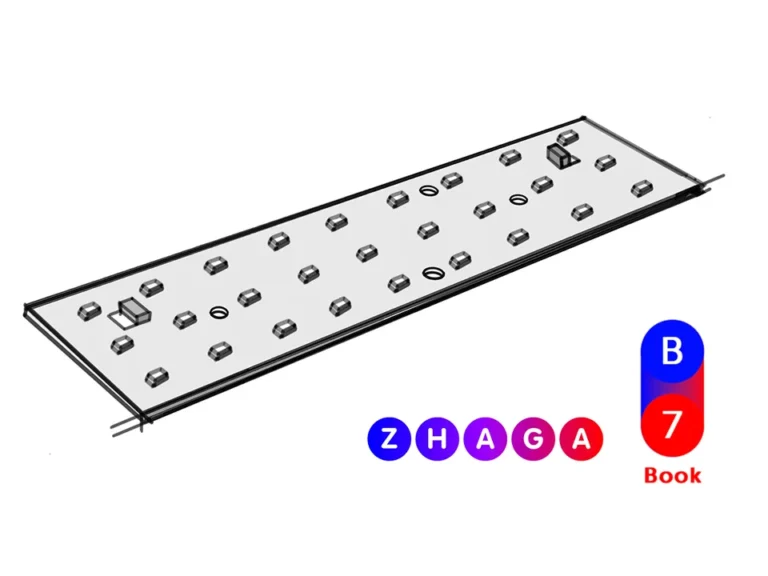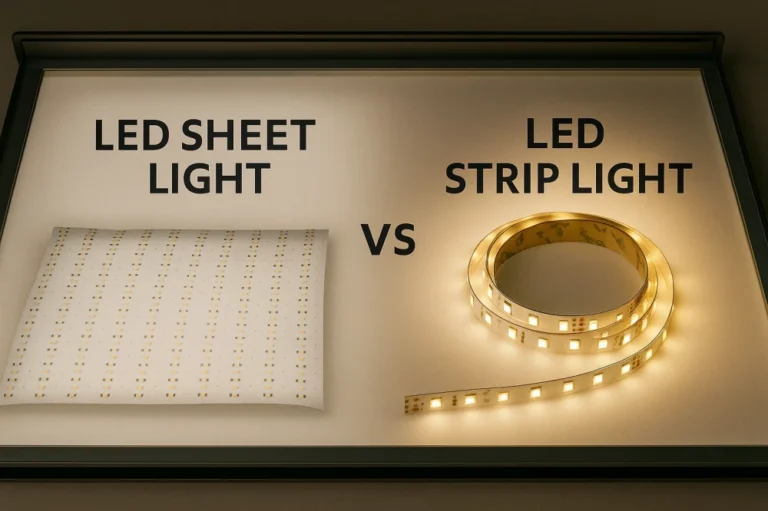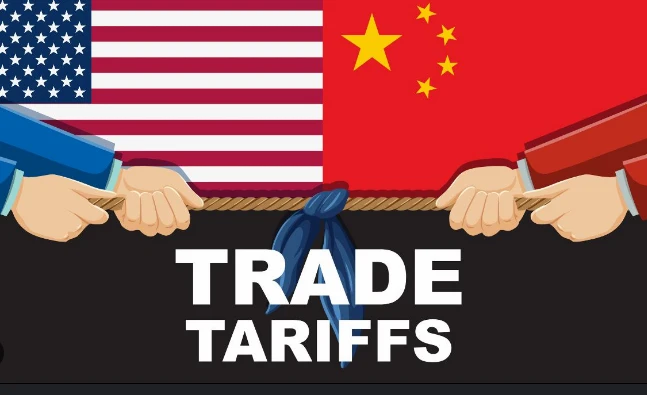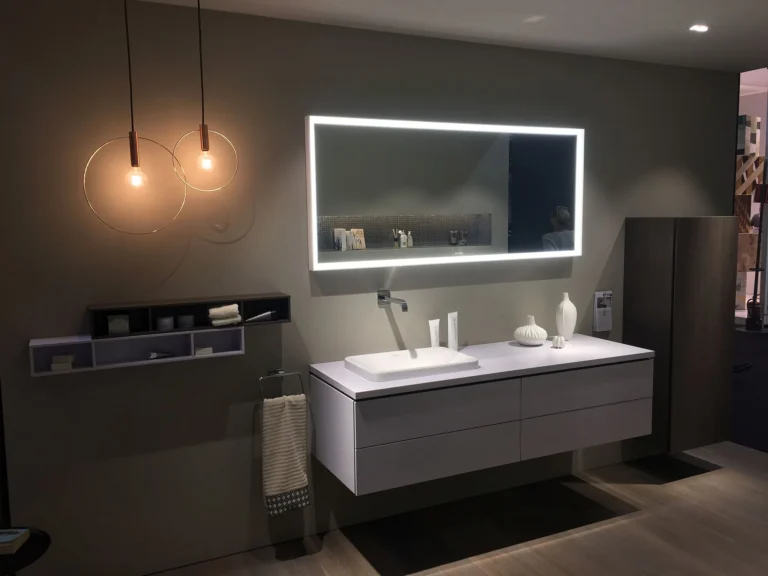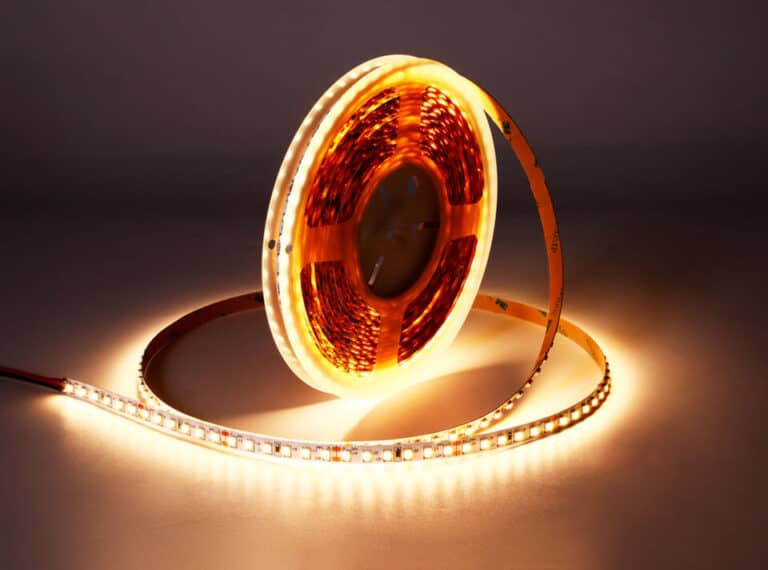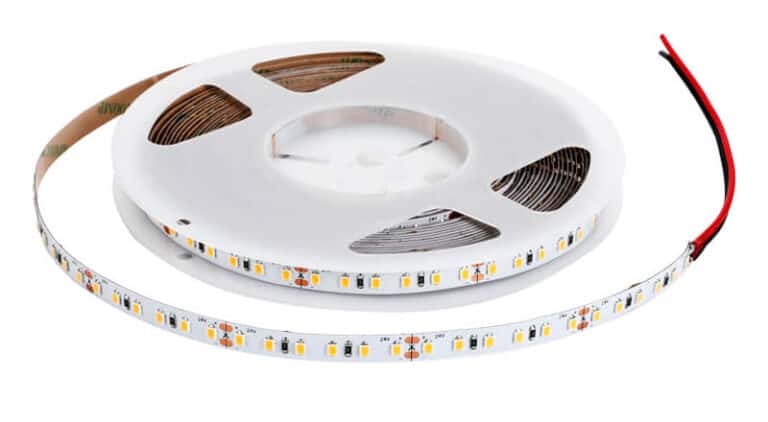LED ネオン ライトは、柔軟性と鮮やかな視覚的インパクトにより、建築照明、商業装飾、看板プロジェクトで広く使用されています。 ただし、ネオンの実際の寸法が公称仕様と大きく異なる場合、重大な設置上の課題が生じる可能性があります。 この問題は、クライアントが指定された寸法に厳密に基づいてインストール スロットを準備するプロジェクトでさらに深刻になります。 わずか数ミリのミスマッチは、不適合、目に見えるギャップ、または構造的不適合につながる可能性があります。 このため、押し出し公差 (押し出しプロセスに固有の寸法変動) は、プロフェッショナル LED ネオン アプリケーションで製品の一貫性とシームレスなインストールを保証する上で重要な役割を果たします。
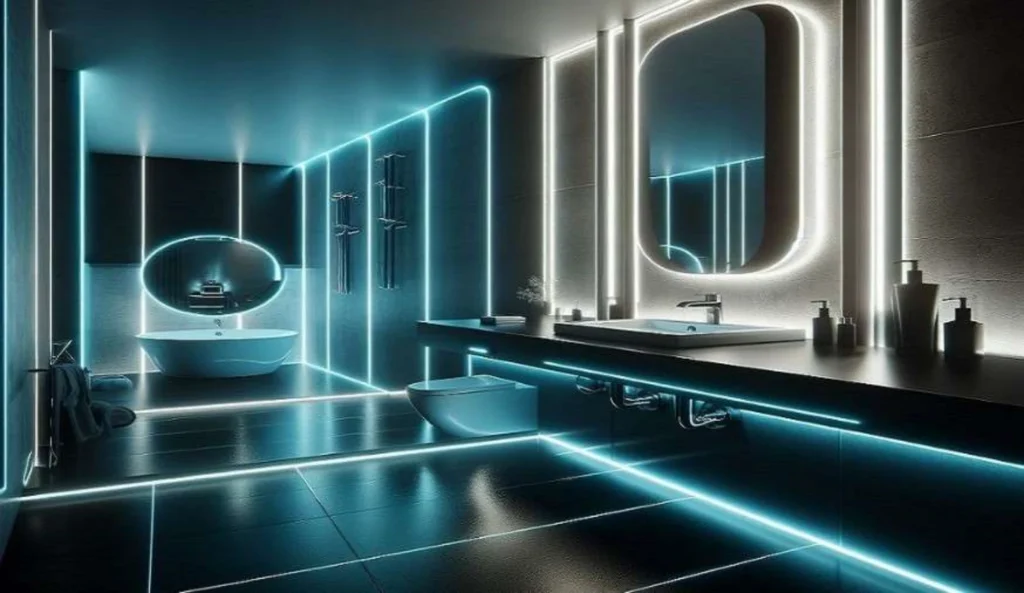
LED ネオン ライトに寸法公差があるのはなぜですか?
材料特性
の寸法公差に影響を与える最も基本的な要因 LEDネオンライト 原料です。 フレキシブル ネオン プロファイルは、通常、シリコンまたは PVC でできており、どちらも熱膨張と収縮の影響を受けます。 製造中またはそれ以降のアプリケーションでのわずかな温度変化でも、押し出しの幅、高さ、または曲率に変動が生じる可能性があります。 バッチ間の材料の硬度または配合の違いも、寸法の一貫性につながり、材料の安定性が公差管理の重要な要素になる可能性があります。
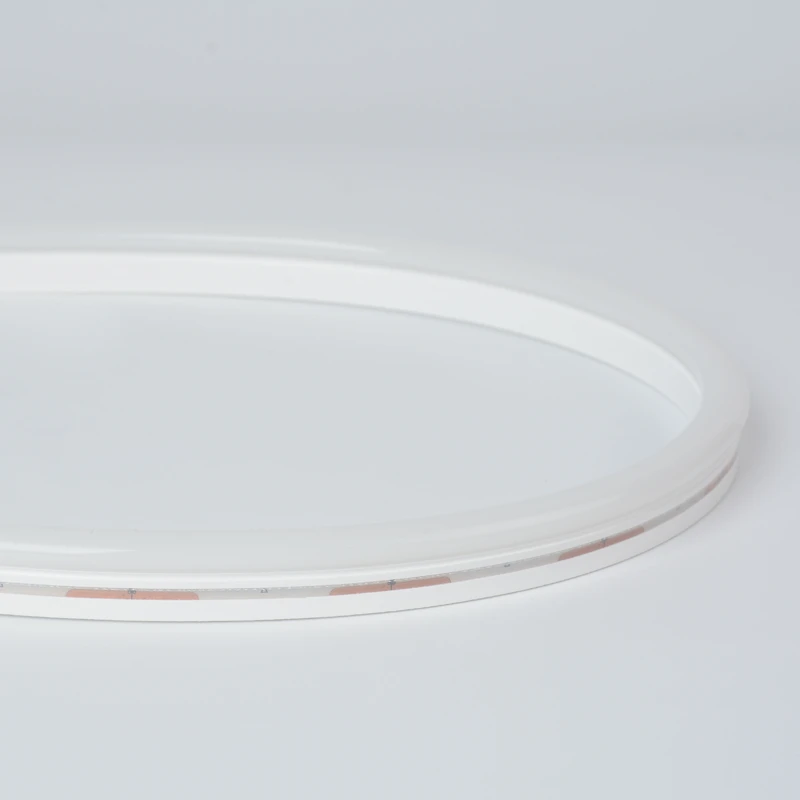
シリコンネオンライト
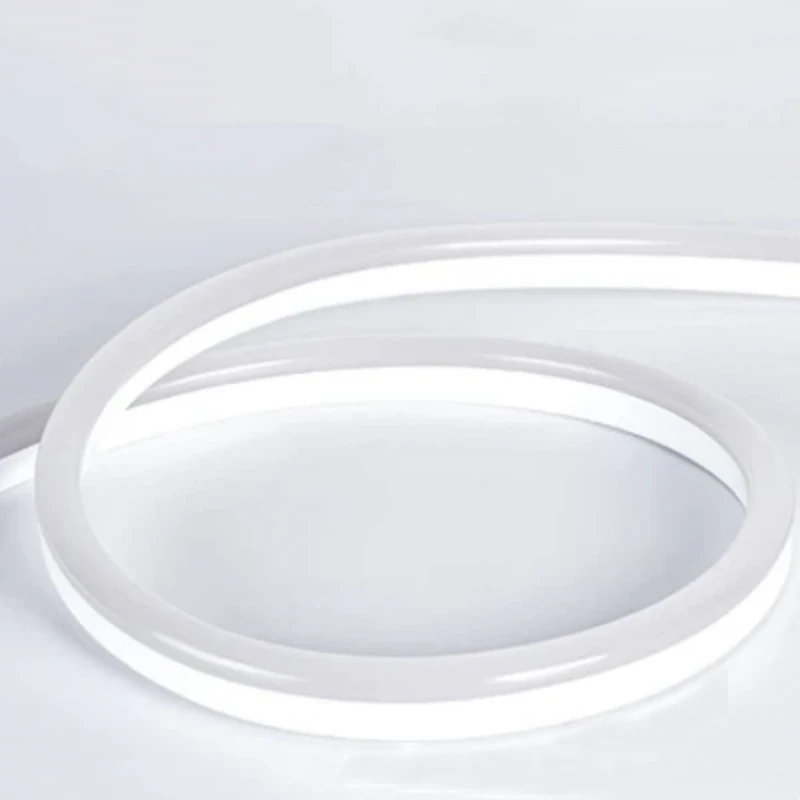
PVC ネオンライト
押し出しプロセス制御
押し出しプロセス自体が、寸法変動のもう 1 つの主要な原因です。 精度は、押し出し型の精度、温度、圧力、および押出し速度の一貫性に大きく依存します。 たとえば、冷却条件が不安定な場合 (不整合な水冷や気流など) では、プロファイルが縮小したり、不均一に変形したりすることがあります。 これらの小さな偏差が蓄積し、最終製品が指定された許容範囲外になる可能性があります。
生産バッチのばらつき
同じ型と材質であっても、生産量によって寸法公差が異なる場合があります。 機械の校正、オペレーターの調整、湿度などの環境条件などの要因が、結果に微妙に影響を与える可能性があります。 大量生産量を超えて、これらのバリエーションは、LED ネオンと取り付けチャネルおよびアクセサリの互換性に直接影響を与える可能性があります。
価格とコストの圧力
見落とされがちなもう 1 つの要因は、価格設定です 競争の激しい市場では、一部の低コストのサプライヤーは、材料の品質に妥協したり、生産工程を減らしてコストを削減したりする可能性があります。 安価なシリコン、再生 PVC、またはより正確な押出装置を使用すると、必然的に寸法の変動が増加します。 初期価格は魅力的かもしれませんが、フィッティングが不十分で、寿命が短くなり、メンテナンス コストが高くなるという長期的なリスクにより、そのような妥協点は、専門家のプロジェクトにとってコストがかかります。
LED ネオン押出の一般的な許容範囲
業界の公差基準
LED ネオン業界では、通常、押出公差は、信頼性の高いフィッティングと均一な外観を確保するために、わずかな余白で定義されます。 ほとんどのメーカーは、プロファイルのサイズと形状に応じて、±0.3 mm から ±1.0 mm の間の寸法公差を採用しています。 単一のグローバル スタンダードはありませんが、これらの範囲は、建築およびサイネージ アプリケーションの専門プロジェクト全体で一般的に受け入れられます。
発光タイプの違い
許容範囲の要件は、排出構造によっても異なる場合があります。 前面発光のネオンは、目に見える表面が照明の均一性に直接影響するため、より厳格な制御を備えています。一方、サイド発光型ネオン型と上面型のタイプは、構造上の柔軟性により、わずかに広い許容範囲を可能にします。 270° または 360° の発光ネオンなど、より大きなカバレッジ プロファイルは、寸法のシフトが光の分布と設置の安定性の両方に影響するため、押し出し中により詳細に監視する必要があります。
ネオンのサイズとタイプ別の一般的な許容範囲
| LEDネオンタイプ | 一般的なサイズ (W×H または直径) | 典型的な押し出し公差 |
| ミニネオン (スリム) | 4×8mm | ±0.3mm |
| ミニサイドエミッションネオン | 6×12 mm | ±0.4mm |
| 標準のフロントエミッション | 8×16 mm | ±0.5mm |
| 標準的なサイドエミッティング | 10×20 mm | ±0.5mm |
| トップベンディングネオン | 12×20 mm | ±0.5mm |
| 広い前面発光ネオン | 12×25 mm | ±0.6mm |
| 270°ラウンドネオン | Ø16 mm | ±0.6mm |
| 大型270°ネオン | Ø20 mm | ±0.8mm |
| 360° フレキシブル ネオン (小型) | Ø15 mm | ±0.5mm |
| 360° フレキシブル ネオン (大) | Ø25 mm | ±1.0mm |
寸法公差がネオン アプリケーションに与える影響
1. インストールに関する課題
LED ネオン ライトの押し出し公差が十分に制御されていない場合、取り付けに問題があります。 わずかな寸法の変化でも、プロファイルがアルミチャンネルまたは取り付けスロットの内側にきつすぎたり緩すぎたりすることがあります。 これは、目に見えるギャップ、位置合わせの不均一、または現場でのフィッティング中に労力の増加につながることがよくあります。 大規模な建築プロジェクトでは、シームレスな設置と再作業を減らすために、一貫した寸法が不可欠です。
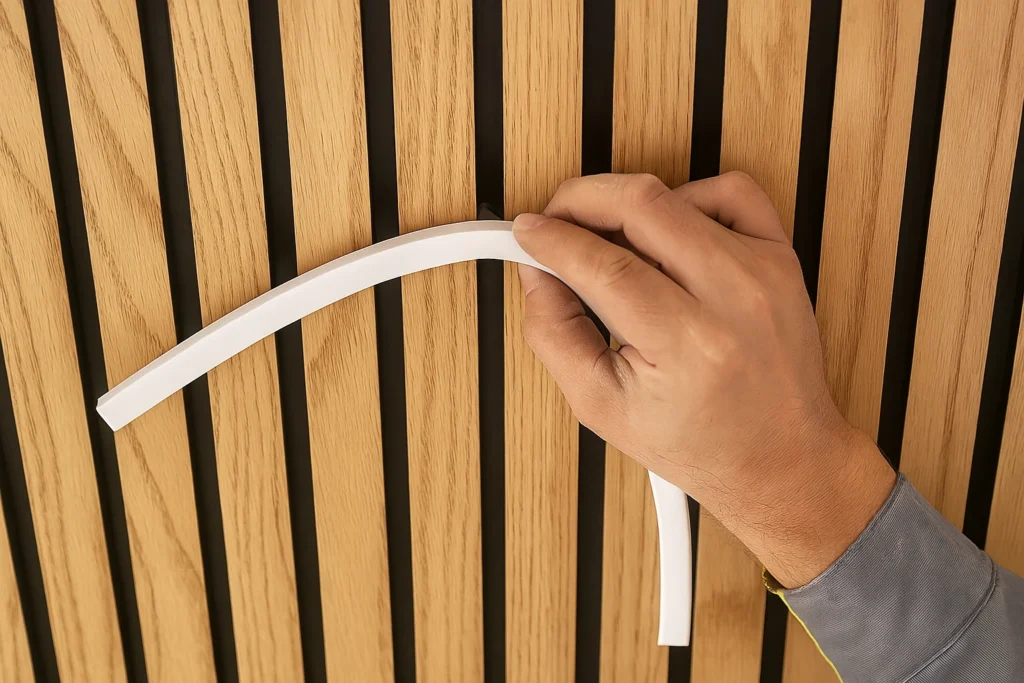
2. 光の均一性への影響
押し出し公差は、光出力の均一性にも影響します。 シリコンまたは PVC カプセルの厚さの変化により、不安定な拡散が発生し、その結果、明るくまたは薄く見える領域が発生する可能性があります。 前面発光のネオンでは、この不均一な配光が特に目立ち、インスタレーションの全体的な視覚的品質が低下します。
3. 防水性の評価と信頼性
公差の問題は、LED ネオン製品の防水性と長期的な信頼性にさらに影響を与えます。 プロファイルの寸法が指定範囲を外れると、端部キャップ、コネクタ、またはジョイントの周りのシールが完全に有効でない場合があります。 これにより、IP の評価が損なわれ、水の浸入のリスクが高まり、製品の寿命が短くなり、屋外でのアプリケーションでの障害の原因となります。
LED ネオン ライトの許容範囲の問題を制御および解決する方法
1. 製造プロセスの最適化
押出し公差を減らすための最初のステップは、製造プロセスの正確な制御です。 高精度の金型、安定した押出速度、および適切な温度調整はすべて、一貫した寸法を維持する上で重要な役割を果たします。 押出装置の定期的なメンテナンスと校正により、さらに正確な精度が確保されます。
2です . 品質管理の対策
厳格な品質管理も同様に重要です。 製造業者は、押出中にインライン モニタリングを実装し、完成した LED ネオン ライトの最終寸法検査を実施する必要があります。 許容範囲データを記録することで、傾向を検出し、バッチの欠陥が顧客に届かないようにすることができます。
3. プロジェクトの設計とインストールに関する考慮事項
プロジェクトの観点からは、デザイナーとインストーラーは、スロット サイズ、アルミニウム チャネル、およびアクセサリの許容範囲を考慮して、リスクを最小限に抑えることができます。 押し出しのバリエーションを念頭に置いて計画を立てることで、現場での設置がよりスムーズになり、予期しない調整が減ります。
4. 信頼できるサプライヤーの選択
最後に、LED ネオン押出公差に関する実績のあるサプライヤーを選択することが重要です。 高度な機器、認証、および強力な品質システムを備えた専門メーカーは、より安定した製品を提供し、プロジェクトの所有者は長期的なパフォーマンスに自信を持っています。

結論: プロフェッショナル主導のネオン プロジェクトで一貫性を確保
寸法公差は、LED ネオン ライトの製造では避けられない要因ですが、適切な材料、厳密な押出制御、およびプロフェッショナルな品質管理により、効果的に最小限に抑えることができます。 建築家、設計者、および請負業者にとって、信頼できるサプライヤーと協力することが、スムーズな設置と長期的なパフォーマンスを確保するための鍵です。
で シグライトLED、当社のすべてのネオン押出に高級フュームド シリコンを使用し、業界の許容基準を満たす安定した寸法を確保しています。 プロジェクトで独自のサイズまたはより厳しい許容誤差が必要な場合、当社のチームは、お客様の正確な仕様に合わせてカスタマイズされたソリューションを提供できます。 お客様の要件について話し合い、プロフェッショナル アプリケーション向けに調整された高品質の LED ネオン ライトを保護するために、今すぐお問い合わせください。
